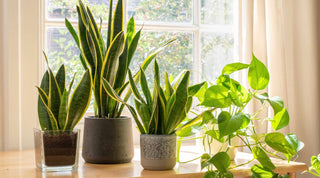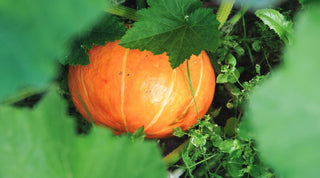Welcome to companion planting! This age-old gardening practice, steeped in tradition and backed by science, promises a more productive, healthier garden.
Whether you're a seasoned green thumb or a budding gardener, understanding the dynamics of companion planting can transform your gardening experience.

What is Companion Planting?
Companion planting involves strategically placing different plants near each other for mutual benefits. This symbiotic relationship can lead to enhanced growth, improved pest control, and better use of garden space. Companion planting fosters a harmonious balance in your garden by mimicking natural ecosystems.
Benefits of Companion Planting
-
Pest Control: Certain plant combinations naturally repel garden pests. For instance, marigolds emit a scent that deters nematodes and other insects, making them excellent companions for tomatoes.
-
Improved Pollination: Placing flowering plants near vegetables can attract more pollinators, increasing yields. For example, bee-friendly flowers like lavender can boost pollination in nearby vegetable plants.
-
Enhanced Plant Health: Some plants release substances that benefit their neighbors. The classic 'Three Sisters' method, where corn, beans, and squash are planted together, exemplifies this. Beans fix nitrogen in the soil, beneficial for corn and squash, while corn provides a structure for beans to climb.
- Optimal Use of Space: Companion planting can maximize garden space. Tall plants can provide shade for heat-sensitive shorter plants. For example, tall sunflowers can offer much-needed shade to lettuce, which prefers cooler conditions.
Popular Companion Plant Combinations
-
Tomatoes and Basil: Basil repels tomato hornworms and is believed to improve the flavor of tomatoes.
-
Carrots and Onions: The strong scent of onions deters carrot flies, while carrots are known to repel onion flies and aphids.
-
Cucumbers and Nasturtiums: Nasturtiums are a trap crop for aphids, protecting cucumbers.
- Lettuce and Chives or Garlic: These herbs deter aphids, which are common lettuce pests.
Companion Planting Tips
-
Research Plant Companions: Not all plants make good neighbors. For example, while beans benefit most plants, they don't pair well with onions and garlic. It's essential to research compatible plant pairs.
-
Consider Planting Times: Ensure that your companion plants have similar growing times so they can benefit each other appropriately.
- Observe and Adapt: Monitor your garden's progress. What works in one climate or soil type might not work in another.
Avoiding Bad Combinations
Just as some plants are beneficial to each other, others can be detrimental when planted together. For example, planting dill near carrots can stunt the growth of carrots. Similarly, potatoes and tomatoes should not be planted together as they are both susceptible to the same blight.
Conclusion
Companion planting is more than just a gardening technique; it's a step towards a holistic, sustainable approach to gardening. It's about creating a thriving ecosystem in your backyard, where each plant contributes to the health and productivity of its neighbors. So, as you plan your garden this season, consider incorporating companion planting for a bountiful, healthy harvest.



